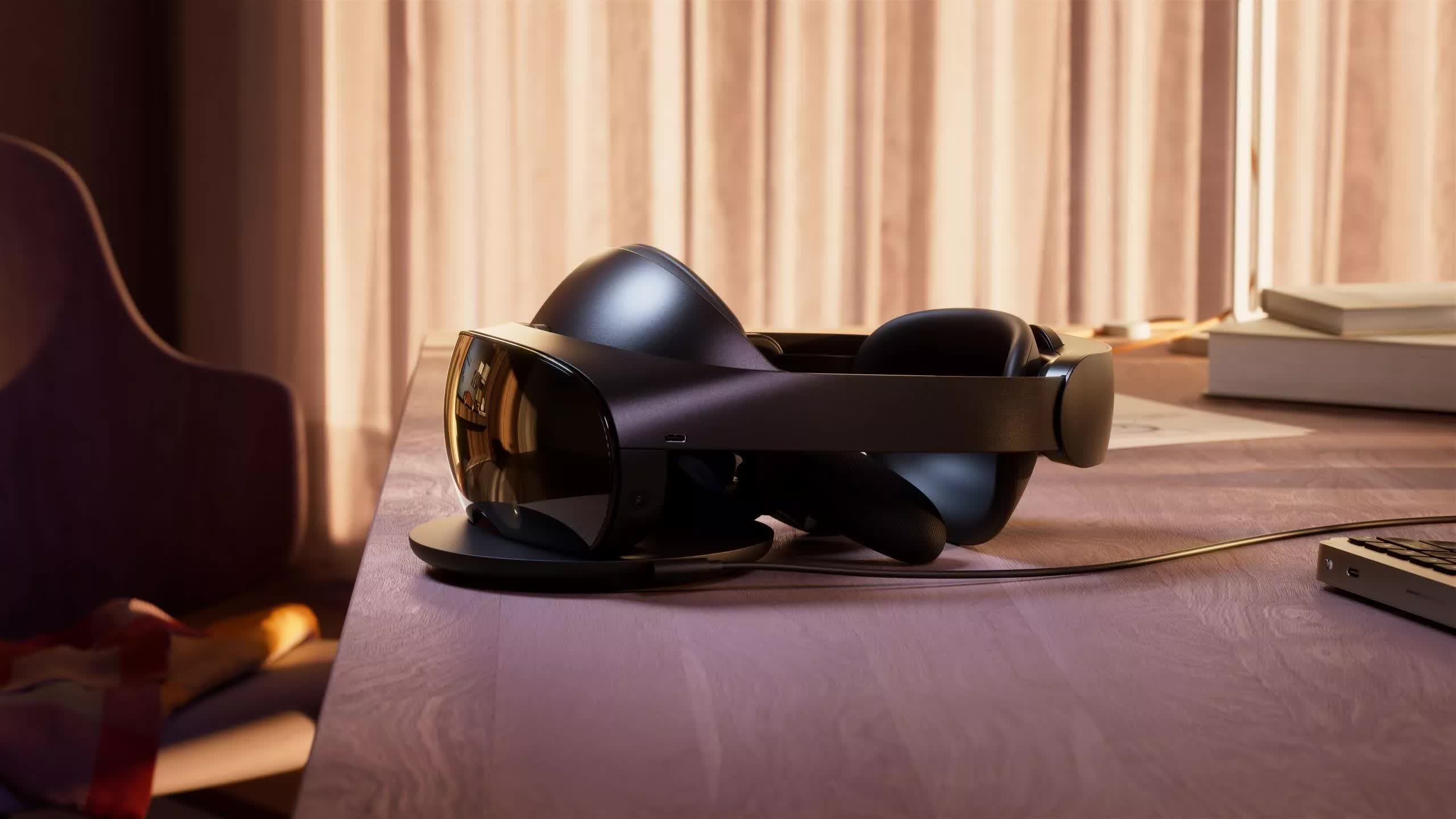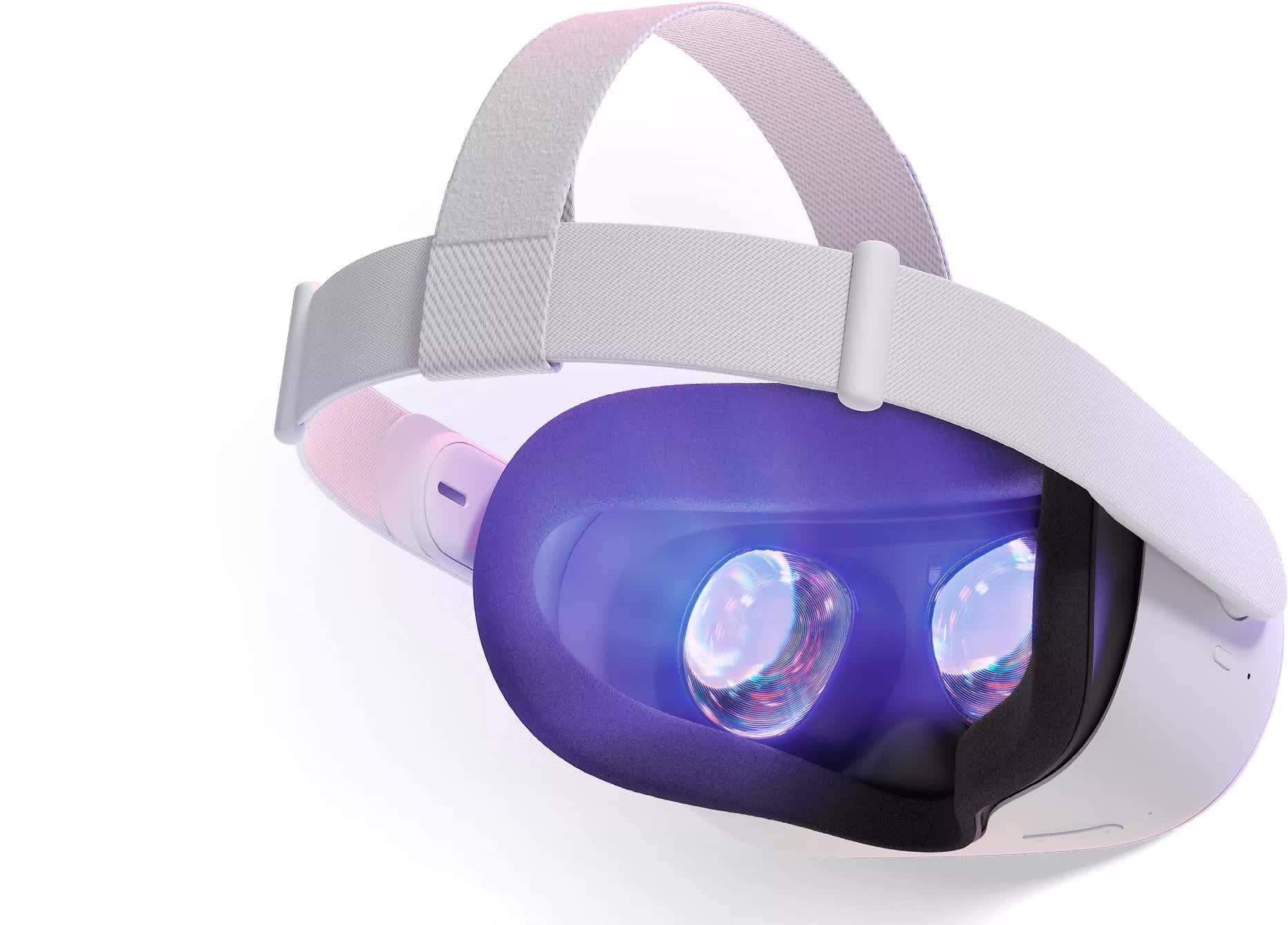The big picture: One of the biggest challenges in virtual reality is mimicking the kind of sharpness we're used to seeing on TVs and monitors – but in VR, the screen is just inches from your eyes. While today's mainstream headsets like the Meta Quest 3 (2,064×2,208 per eye), PlayStation VR2 (2,000×2,040 per eye), and Apple Vision Pro (3,660×3,200 per eye) have made big strides, Samsung is now aiming to leap past those and push into truly lifelike territory with its latest next-gen displays. The company has crammed specs such as peak brightness levels of up to 20,000 nits and beyond-4K resolution into a new OLED display measuring no more than 1.4 inches across.

Samsung is offering two versions of its headset. There's a 15,000-nit variant that delivers up to 5,000 PPI, and there's a 20,000-nit model boasting a 4,200 PPI. Both use a technology that Samsung likes to call OLEDoS (OLED on Silicon), where the OLED layers are deposited directly onto silicon wafers. That's what allows such dense pixel layouts and makes them ideal for compact VR form factors.
As for why we'd want something that bright so close to our eyeballs, it's because VR headsets actually suffer massive brightness losses due to their optics. Pancake lenses, which help keep headsets slim and portable, are particularly inefficient, with around 90% of incoming light lost during transmission. Another factor affecting brightness is low-persistence illumination – a trick used to reduce motion blur. According to UploadVR, the combination ends up with your supposedly 5,000-nit display looking more like a 100-nit one.

Samsung's new panels, with up to 20,000 nits of raw output, mean that even after all the optical losses, users could see 300 to 400 nits in the headset, which is still a meaningful jump compared to other options on the market today. The extra brightness could allow for not only sharper motion rendering but also more realistic daylight environments in mixed reality.
Resolution-wise, one of Samsung's demo units boasts 3,888×3,888 pixels, while the other stretches beyond 4K per eye. Add in true RGB subpixel layouts (unlike the white OLEDs with color filters used in today's premium headsets), and you've got richer colors, deeper blacks, and better efficiency. Samsung also claims 99% DCI-P3 coverage, which is more than the Apple Vision Pro's already-impressive 92%.
It all sounds almost too good to be true, but there is a catch. Manufacturing true RGB micro-OLED is significantly more complex and costly than the current standard. So for now, Samsung is positioning these panels as R&D and not yet ready for mass production.
Samsung's 20,000-nit micro-OLEDs push VR headsets toward daylight-level brightness